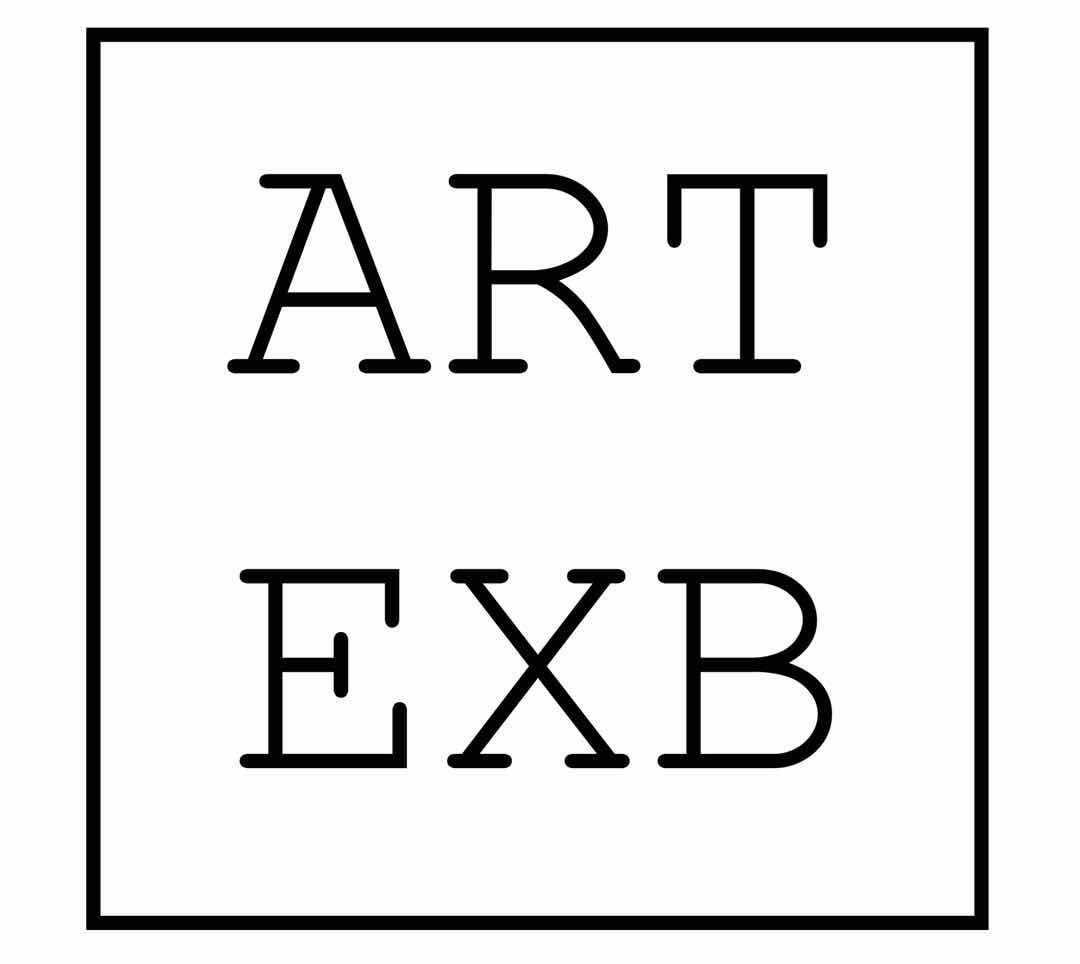对于王鲁炎而言,悖论中的判断是彼此否定的,其作品中的判断亦是通过质疑向其相反概念逆转的否定性判断,即面对即是背对,背对即是面对;左行即是右行,前行即是后行;他者即是自我,自我即是他者,其对应性关系令对于它的辨别无从判断。但若不判断,是否还会存在自我?如果判断总是错的,自我是否将难以确立?自我由一系列明确的意愿所实现,每一种意愿都是结论性的观念,因而自我如同作品一样也是某种结束了的形式。可是如果想使作品——即自我是 “活” 的,就不能让它终结于结束。而作品终将会以某种物理形式 “死亡”,只有思想——艺术家不断赋予作品的观念才能使其保持鲜活。
然而,欲使作品永不终结需要满足一个苛刻的前提,即作品中的疑问需要令艺术家无法回答,或者其回答将被必须做出的后一个回答所否定。王鲁炎的作品所具有的循环往复永不停止的思想,是不可结束于某一判断的否定之否定的思想。对王鲁炎而言,这是不可终极于结束的活的思想,也是艺术家将艺术作为思想工具的基本原由。
Beijing Commune is pleased to present the artist Wang Luyan’s new exhibition “Corresponding Non-correspondence”. This is Wang Luyan’s first solo show at the gallery, and the period is from July 5 until August 21, 2018.
Wang Luyan considers that all things exist in relationships, and relationships all present their correspondences. Every judgment or choice made by people is made when it forms a corresponding relationship with things. However, for those uncontroverted and indisputable correspondences, there is no need for people to judge or make decisions about them.Questioning is the basis of thought rather than belief. Wang Luyan attempts to question the conventionalized corresponding phenomena which no longer lead people to think in a skeptical way. For example, is there a substance of “back”hidden behind the representation of “face”? Could the distance that people tend to shorten be an indispensable demand when they communicate with each other? Is the opposite direction corresponding to the target the destination that the walkers are going to?
The artist attempts to present the paradox in the corresponding relationship through this exhibition as an observer rather than a respondent. Question and confusion always occupy a preponderant position in hisworks. The thought of questioning is not merely to transform ignorance to awareness, but to move from one confusion to another which requires more deep thinking. Confusion keeps the human mind fresh, whereas the uncontroversial mind means the end of the mind. Once the mind ends, the individual will no longer exist. Wang Luyan’s works in this exhibition are filled with various confusions as well.
This exhibition will showcase dozens of the artist’s latest works in the series of “Corresponding Non-correspondence”. Those works all face the paradox in various correspondences from different perspectives. Through the use of everyday materials, such as newspapers, latex, cardboard, acrylic paints, plastic boxes, wooden liquor boxes and others, the artist presents his creative process from generating concept to generating works, from the practice in his studio to the presentation in this exhibition. The artist keeps his mind fresh during the creative process by means of self-questioning and self-denial. The artist believes that the original project will be changed for various unexpected reasons. He regards the procedural drafts as “formal works”, constantly raises questions during his creation and logically speculates and demonstrates them in a visual way. This reflects Wang Luyan’s exploration of using draft as art language.
As mentioned by the artist, the judgments in the paradox are mutually negated. The judgment in the artist’s works is also negative by questioning the reverse of the opposite concept. For the artist, the “face” is the “back” and vice versa; to the left is to the right; going forward is going backward; the other is the self and vice versa. Those corresponding relationships make it difficult to judge their distinction.
However, will there still be self if we do not judge? If the judgments are always incorrect, will the self be difficult to be established? The self can be fulfilled by a series of clear wills, each of which is a conclusive concept. Thus, the self is in a certain finished form likes those works. But if the artist wants the work – the self to be “alive”, he cannot end it at the end. The work will eventually “die” in some physical forms, while only the thought – the concept that the artist constantly endows the works with, could keep it alive.
Nevertheless, to make the work never end requires satisfying a harsh premise, that is, the questions for the works need not to be answered by the artist, or whose answers would be denied by the latter answers. The thought in Wang Luyan’s works is in an infinite cycle, which will not end in negating certain negative judgments. For Wang Luyan, the alive thought will not end to the end. It is also the basic reason why the artist uses art as a tool of thought.
